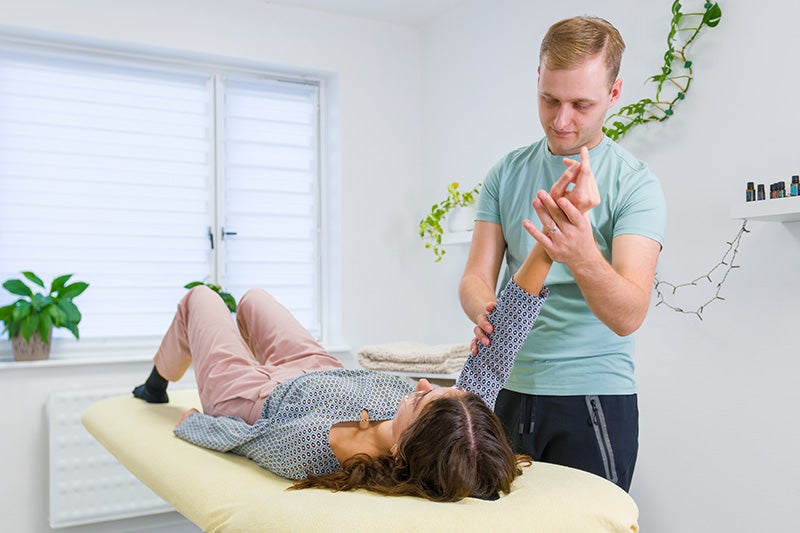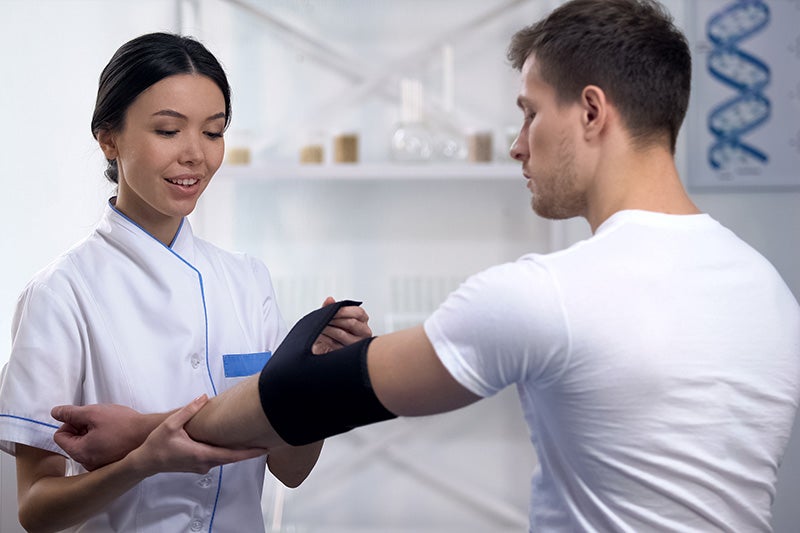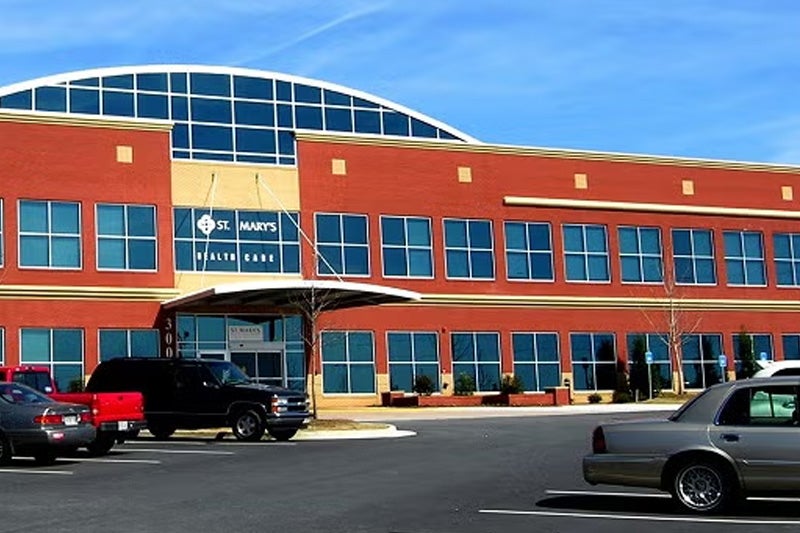Understanding Lymphedema Therapy: How St. Mary’s Health Care System Can Help
April 14, 2025Tags: Occupational Therapy
Lymphedema is a chronic condition that occurs when excess lymph fluid builds up in the body’s tissues, often causing swelling, discomfort, and limited mobility. While lymphedema can be challenging to manage, specialized therapy can help reduce symptoms and improve quality of life. St. Mary’s Health Care System is dedicated to providing compassionate, effective care for those living with lymphedema.

What Causes Lymphedema?
Lymphedema occurs when the lymphatic system, which helps remove waste and toxins from the body, becomes damaged or blocked.
Common causes include:
- Cancer Treatment: Radiation therapy or lymph node removal can impact lymphatic drainage.
- Surgery or Injury: Damage to lymph nodes or vessels can lead to fluid buildup.
- Chronic Venous Insufficiency: Poor circulation in the veins may contribute to lymphedema.
- Congenital Lymphedema: Some individuals are born with an underdeveloped lymphatic system.
Symptoms of Lymphedema
Lymphedema symptoms may develop gradually and can include:
- Swelling in the arms, legs, hands, or feet
- A feeling of heaviness or tightness in the affected limb
- Limited range of motion
- Recurring infections or hardening of the skin
- Skin changes, such as thickening or redness


How Lymphedema Therapy Can Help
At St. Mary’s Outpatient Rehabilitation Center, our lymphedema therapy services focus on managing swelling, improving mobility, and enhancing overall well-being. Treatment options may include:
- Manual Lymphatic Drainage (MLD): A specialized massage technique that gently moves fluid away from swollen areas and promotes drainage.
- Compression Therapy: The use of compression garments, wraps, or bandages to reduce swelling and prevent fluid buildup.
- Exercise Therapy: Gentle movement and stretching routines that help improve circulation and reduce swelling.
- Skin Care Education: Proper skincare techniques to prevent infections and maintain healthy skin.
- Self-Care Training: Teaching patients how to manage their condition at home for long-term relief.
Differences Between Upper and Lower Extremity Lymphedema Treatments
Lymphedema can affect different areas of the body, with treatment approaches varying based on whether it impacts the upper or lower extremities:
Upper Extremity Lymphedema
(Arms, Hands):
- Common in patients recovering from breast cancer surgery or radiation.
- Compression sleeves and gloves are often used to manage swelling.
- Manual lymphatic drainage focuses on directing fluid toward healthy lymph nodes in the upper body.
- Range-of-motion exercises help maintain flexibility and reduce stiffness.
Lower Extremity Lymphedema
(Legs, Feet):
- Often associated with pelvic surgeries, vascular conditions, or chronic venous insufficiency.
- Compression stockings or bandaging provide essential support to reduce fluid buildup.
- Elevation techniques are more commonly recommended to aid lymphatic drainage.
- Exercises that involve leg movement, such as walking or water therapy, help encourage fluid flow.
- While the principles of treatment are similar, the specific strategies and tools used may vary to accommodate the unique challenges of each extremity.
Where to Get Lymphedema Therapy
If you or a loved one is experiencing lymphedema, St. Mary’s Outpatient Rehabilitation Center is here to help. Our expert providers offer personalized treatment plans tailored to your needs. Our center is conveniently located at:
2470 Daniells Bridge Road, Building 300, Athens, near Loop 10 and Mars Hill Road.
Call us at (706) 389-2950 to learn more.
Take the Next Step Toward Relief
Living with lymphedema can be challenging, but you don’t have to manage it alone. The team at St. Mary’s is here to provide expert care and support. Contact one of our primary care locations today to learn more about lymphedema therapy and how we can help you regain comfort and mobility.




